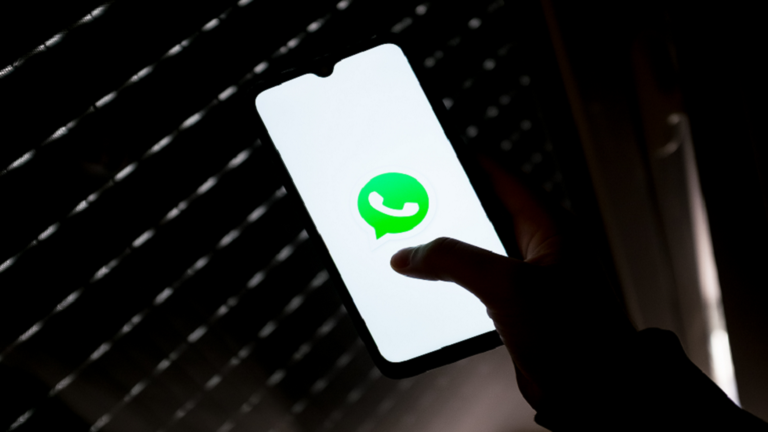WhatsApp left users in a state of excitement after the emergence of a long-sought-after feature that could come to an Android phone.
WhatsApp's account was linked to a certain telephone number. For people with multiple phones (such as personal and business phones), this can cause problems because they can only receive WhatsApp messages sent to their accounts on one device.
The world's most popular chat app has taken steps to address this, launching a long-awaited multi-device feature last year.
This new feature allows the user to access their account via multiple devices.
However, WhatsApp accounts were still linked to one smartphone, with additional devices that had access to the WhatsApp account, namely web platforms, WhatsApp Desktop and Portal.
Fortunately, this week it emerged that WhatsApp is working on a 2.0 version of its multi-device feature that has just entered the test on Android.
As monitored by WABetaInfo, the multi-device tool that has been renewed will give WhatsApp users access to their accounts on a second phone or on their tablet.
- To do this, WhatsApp users will have to head to settings and go to a section of the user interface called "Register Device Companion."
- Currently, to connect two devices together, WhatsApp users will need to direct their main devices to the phone screen or other tablet.
- To connect devices, the QR code appearing on the second device must be checked.
- Once you do, you will be able to access your WhatsApp account on a smartphone or other tablet.
At present, the release date of this upcoming feature has not been announced. But because the tool is currently being tested, we hope it will not take long for it to be rolled out on the fixed channel.
Urgent warning... Delete this WhatsApp message without hesitation!
- WhatsApp users were urged to delete a bad new text message claiming to be sent from the company owned by Facebook.
- The recent threat of 2 billion people using the popular messaging platform every day pretends that the WhatsApp support team itself sent it.
- As the always trusted WABetainfo team has discovered, the message looks like it arrived from the WhatsApp support account.
- but in fact it was sent by scammers trying to steal usernames, passwords and even bank account details.
He also reported that some users had been asked for the six-digit verification code sent by Watts App to access the account on a new device. Once this code is in the wrong hands, scammers have full access to private chats and contact lists. Fake messages are nothing new as hackers try to be smart to use the official "green mark" on account.
This user is delusional as a real account, but a closer look reveals that this verification badge is actually in the wrong place and not the real deal.
The actual WhatsApp Support account has a green sign right next to his name, but since scammers can't activate this, they simply add it to the profile picture instead. It's a cunning trick.
If you receive a message claiming to be from WhatsApp and it appears to be the screenshot above, you should delete it immediately and do not reply to any messages sent through the account.
WAbetainfo explained that "WhatsApp" never requests details about your credit card and information such as the 6-digit code or PIN to verify two steps. WhatsApp does not even request funds or confidential information to avoid termination of accounts. If someone wants to get this information, it means that it's a fake account trying to deceive you. "
WhatsApp also issued advice on how to protect against fraudsters with the Meta-owned company: "If the message looks suspicious or looks too good to be true, don't click, share or redirect it. When you receive this type of message, we recommend that you report it, block the sender and delete the message. As a best practice, if you are not sure whether something is true or do not know who wrote the letter you received, we do not recommend reorientation. "
Here are a few things to watch out for because they may reveal that the message is fake:
- Spelling or grammar errors.
- Ask you to click on a link or activate new features.
- Require you to share your personal information, such as credit card numbers, bank account, date of birth and passwords.
- Ask you to redirect a message.
- Claim that you have to pay for the use of WhatsApp.


